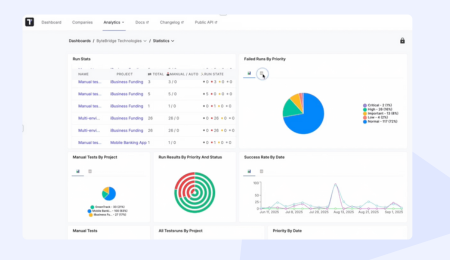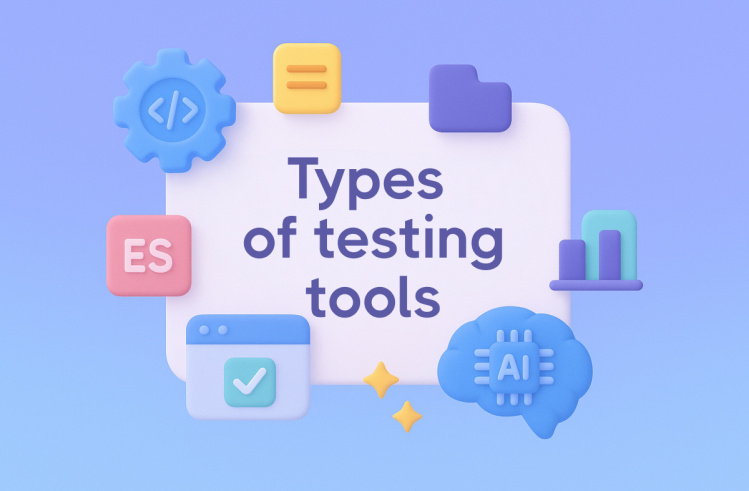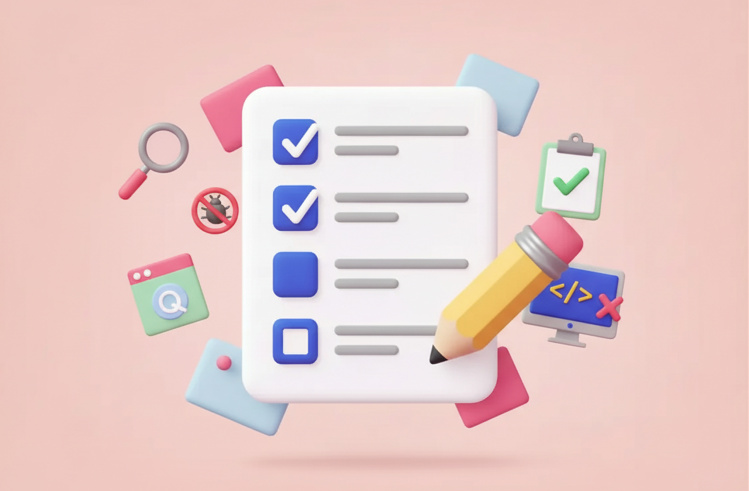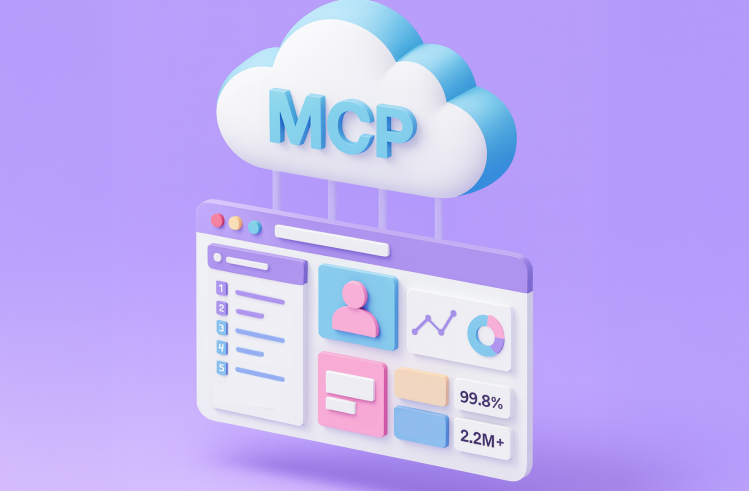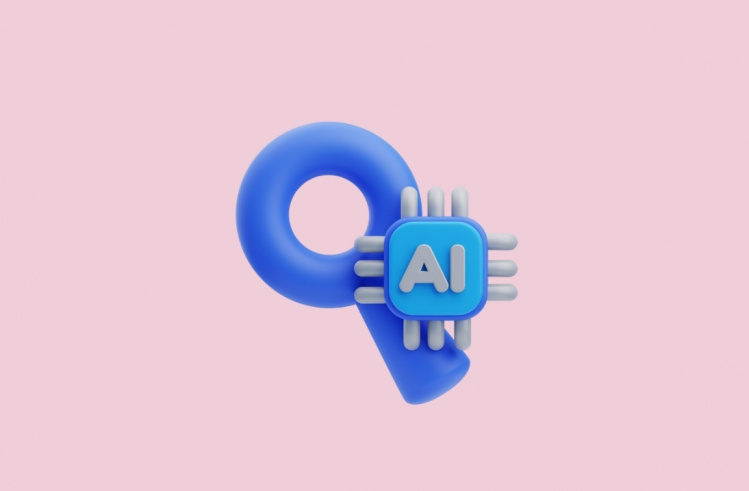He emphasizes realistic expectations about AI’s role, clarifying that it is a tool designed to assist rather than replace human expertise. The discussion includes strategies for training AI, converting documentation into executable tests, and leveraging generative AI to enhance test creation and management.
Key Takeaways
- AI can enhance test automation workflows for both developers and manual testers.
- Effective AI use requires understanding its capabilities and limitations.
- Practical tips and demos help illustrate AI’s role in low-code testing environments.
About the Speaker
Career Experience and Expertise
He has been involved in test automation for nearly 25 years, including 16 years working with VBScript at Micro Focus and JHP. His experience spans various industries such as medical devices, mortgage, and entertainment, including notable work at Redbox and Coinstar. He has engaged with both coded and codeless testing tools, with recent focus on low-code automation and AI-enhanced testing.
Publications and Collaborative Work
He co-authored a book titled Enhanced Test Automation with WebDriverIO, which uses a superhero theme to guide readers through setting up effective automation frameworks. This publication reflects his commitment to sharing practical methods and tips with the testing community.
Online and Social Media Activities
He is active on multiple social media platforms, including Twitter (X), YouTube under the name “The Dark Arts Wizard,” and recently joined Substack to share insights. His presence extends to podcasts and conferences, where he discusses automation techniques and AI applications in testing. Contact can be made via email at thedarkartswizard@gmail.com.
Understanding AI in Test Automation
Clearing Up False Beliefs About AI
AI will not eliminate testers or developers from the workforce. Instead, it acts like a tool that enhances their abilities. Just as power tools helped miners work more efficiently without replacing them, AI assists testers but does not replace their expertise.
Treat AI as a resource that requires careful evaluation. Not everything AI produces is valuable, so testers must distinguish between useful outputs and irrelevant information.
Advantages and Drawbacks of AI
AI can generate test cases, create test steps, and even build entire test suites. It can speed up routine tasks and improve efficiency in both coding and low-code environments.
However, AI is not perfect and cannot independently handle all testing needs. It requires human guidance to ensure quality and relevance, especially when converting manual test documentation into automated scripts.
AI Supporting Test Practitioners
AI serves as a practical assistant for testers, whether they are coding or working in low-code platforms. It helps in translating natural language into formatted testing syntax, saving time and reducing errors.
Testers can leverage AI to boost productivity, but they must maintain control over the testing process. AI complements their skills rather than replacing the need for human judgment and creativity.
Practical AI Tips for Testers and Developers
Using AI to Create Test Scenarios
AI tools can assist in generating detailed test scenarios from basic descriptions. Developers and testers can leverage generative AI to draft test cases efficiently, reducing manual effort. Applying AI-generated scripts requires validation to ensure relevance and accuracy before integration into the testing cycle.
Combining AI with Low-Code Solutions
Incorporating AI into low-code platforms enhances automation capabilities without extensive coding knowledge. This integration helps testers and developers streamline workflows and accelerate test script creation. Low-code environments supported by AI can bridge gaps between manual testing and automation.
Examples of AI in Testing Practice
Real-life applications of AI include automating test step generation and converting documentation into formatted test scripts. These use cases highlight how AI supports both manual testers and developers by improving productivity. AI is a tool that complements human expertise rather than replacing it entirely.
Training AI for Test Automation
Enforcing Programming Guidelines
Establishing consistent coding practices is crucial when training AI for test automation. Clear standards help AI interpret and generate code that aligns with team requirements. This includes defining naming conventions, code structure, and documentation formats to ensure maintainability and readability.
Using automated tools to review AI-generated scripts against these standards can improve quality. It also aids in detecting deviations early, which streamlines the debugging and updating of tests.
Converting Manuals Into Executable Code
Transforming textual documentation into structured test scripts is a key task for AI in automation. This process involves parsing requirements and instructions to create syntax that testing frameworks can execute.
Techniques for this include natural language processing algorithms that identify test steps and assertions from plain text. Clear and well-organized source documents enhance the accuracy of these transformations, reducing manual corrections later.
| Step | Description |
| Text Parsing | Extract relevant testing information |
| Syntax Mapping | Convert instructions into formal commands |
| Validation | Verify generated code meets test criteria |
Demonstration and Real-Time Overview
Paul Grossman begins by sharing his screen, preparing to demonstrate AI applications in low-code testing environments. He emphasizes the importance of integrating AI tips and tricks effectively and encourages viewers to engage through chat or comments.
He introduces himself as an experienced test automation professional with 25 years in the field. His background spans coded and codeless tools, with experience in industries such as medical devices and mortgage, showcasing his broad expertise.
Paul dispels the myth that AI will replace testers entirely, comparing AI to a jackhammer that enhances productivity rather than eliminates jobs. He advises users to critically evaluate AI outputs, distinguishing between useful insights and inaccurate information.
He proceeds to explore generative AI tools that create test cases and suites, namedropping options like ChatGPT and Claude. Paul intends to demonstrate these in action while responding to audience questions and feedback throughout the session.
Additional Resources and Community
Suggested Reading Materials
He recommends The Complete Software Tester by Kristen as a concise and insightful resource. Another valuable reference is Enhanced Test Automation with WebDriverIO, which he co-authored, presenting practical techniques framed in a superhero theme to help improve testing skills.
Participating in Events and Listening to Talks
Engagement with conferences like Automation Guild and podcasts such as the Automation Podcast with Jo Anonio are encouraged. These platforms offer ongoing insights, tutorials, and the opportunity to hear from experienced professionals regularly.
